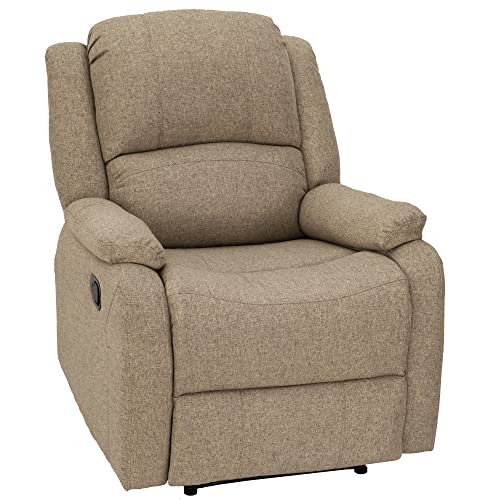The three hardest parts: shaping, ferment and proof, and scoring
Shaping. This is a hard thing for a beginner to get right because of having to develop the technique while not overdoing it. The best way to my mind is watching youtube videos on the subject. Lots of them. I'd recommend searching "Baking with Jack". His videos are lovely. He's lovely. Then dive in and try try. The goal is to make a nice tight skin without deflating every little bubble you got during the bulk fermentation.
Ferment and proof. It's knowing when these stages are complete but not overdone that is the challenge. For the ferment stage, it's when you have a smooth dough that is extensible (meaning you can stretch it without it tearing) and elastic, and fully fermented, but not over-fermented. It took me forever to come to the conclusion that the dough isn't both things equally at the same moment. Relaxed, rested dough is extensible. You can do a windowpane test and slowly and gently stretch a piece of dough until you can see through it. But after, say, a stretch and fold, it won't be very extensible. But it will be elastic. I'm telling you this because it eluded me for the longest time. About the fully fermented, that's not quite right. It still needs enough oomph (dough strength) to get through the shaping and final proof with the extensibility and elasticity to hold the crumb structure and expand some more quickly in the first part of baking (oven spring). My best advice for a biginner in this department is to follow a recipe with times and ambient temps given. Or at least times, and have a nice, warmish room temp for it to ferment and proof in. Some people use an oven with a light on. Once you get a feel for just right, accidental under and over proofing, you'll be able to disregard the times and go with the weather and the dough.
Scoring. Let me say right off the bat- scoring IS important for controlling where the boule expands during oven spring. If you don't score, its likely to rip around the sides horizontally. So give it a slash across the top, at least.
If you want to to be pretty, first master getting that slash to make an "ear". One side of the slash will raise up high and get the darkest, almost burnt is lovely. The other side moves inches away and a tender bulge rises between them. To achieve this, cut with a sharp thin blade (I use double sided razor blades, also craft knife paper blades, sometimes tiny sharp scissors, but a shark knife will do). Cut across the boule with your blade at a 30 degree angle. Cut pretty deep. Try not to let the blade drag the dough. Just practice.
After you can fairly consistent my get an ear, you might want to get fancy and do a wheat stalk or some other design. I find that straight cuts go better for me than curved ones. I'm not at all artistic, but people oooh and ahhh when they are gifted a well scored, well browned, well decorated boule. And that, I will admit, is gratifying =)
Remember that an ugly boule will 99.9% sure still be a tasty boule. Just keep trying!




























































